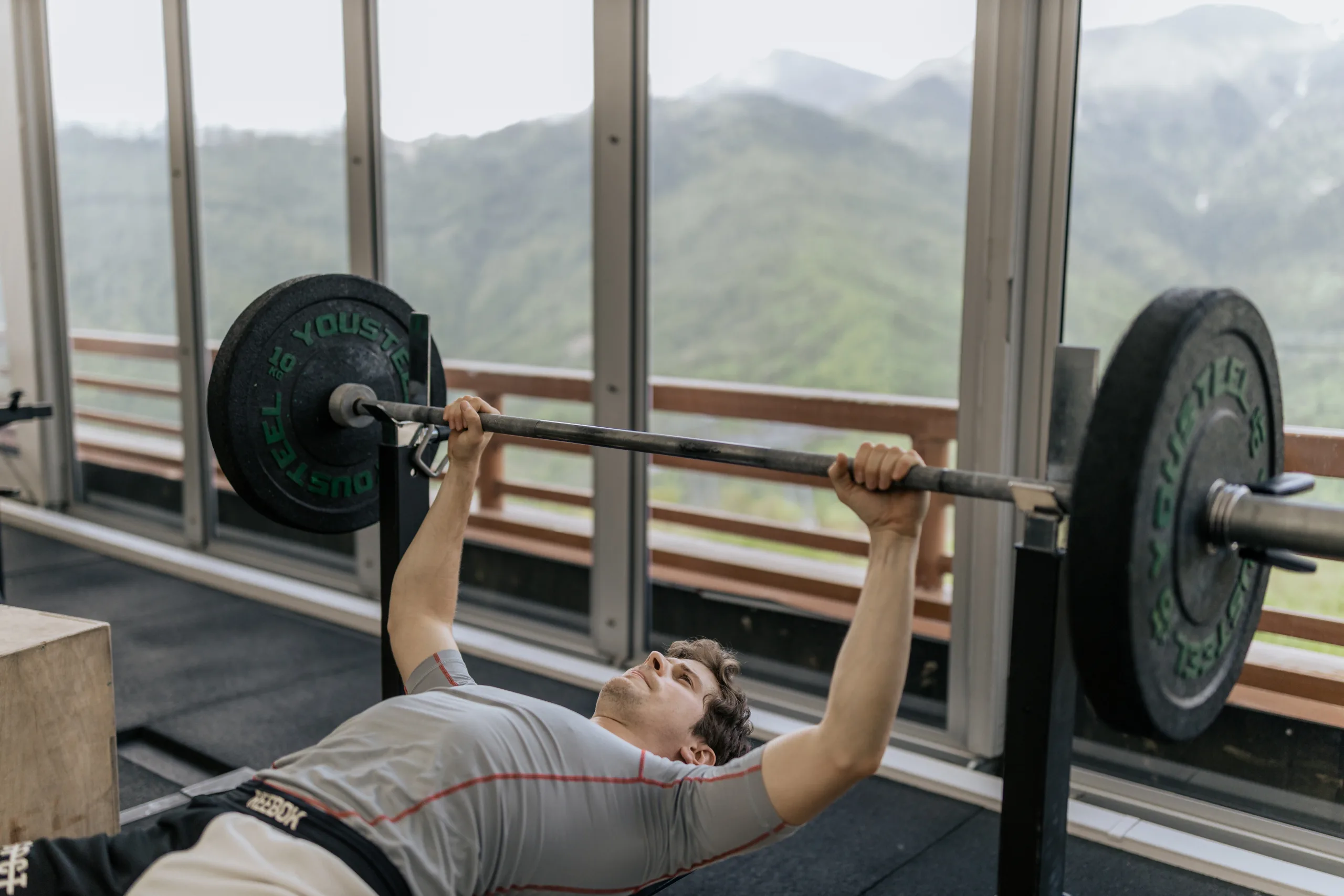DEFINITION
Cheating reps refer to a technique of using momentum or “cheating” to complete additional reps of an exercise when muscles are fatigued. This allows for extra workload beyond muscular failure.
EXPLANATION
- Cheating involves using momentum from the body to assist the prime movers in completing reps after reaching failure.
- It facilitates several additional forced reps or partial reps beyond the point that strict form would allow.
- This extended workload helps trigger new muscle growth. But cheating should only be used judiciously.
- Common on exercises like barbell curls, lat pulldowns, and lateral raises.
EXAMPLES
- Rocking the torso or swinging the arms to complete extra curls
- Leaning back or heaving the torso to get extra pull-up reps
- Using legs to thrust up the weight on dumbbell shoulder presses
RELATED TERMS
- Time under tension – extended sets increase this driver of hypertrophy
- Progressive overload – cheating enables greater overall volume
- Forced reps – completed with assistance from a spotter
COMMON QUESTIONS
- Won’t cheating cause injury? In moderation it is generally safe but don’t cheat to an excessive degree.
- When should I cheat? Only near the end of a set when muscles are fatigued. Do not cheat all reps.
DO NOT CONFUSE WITH
- Bad form – improper technique that can cause injury. Cheating is strategic near the end of a set.
- Half reps – partial range of motion. Cheating allows full ROM with momentum.
66
/ 100
SEO Score
Thank you for reading this post, don't forget to subscribe to our free newsletter
!
